
Where We Be
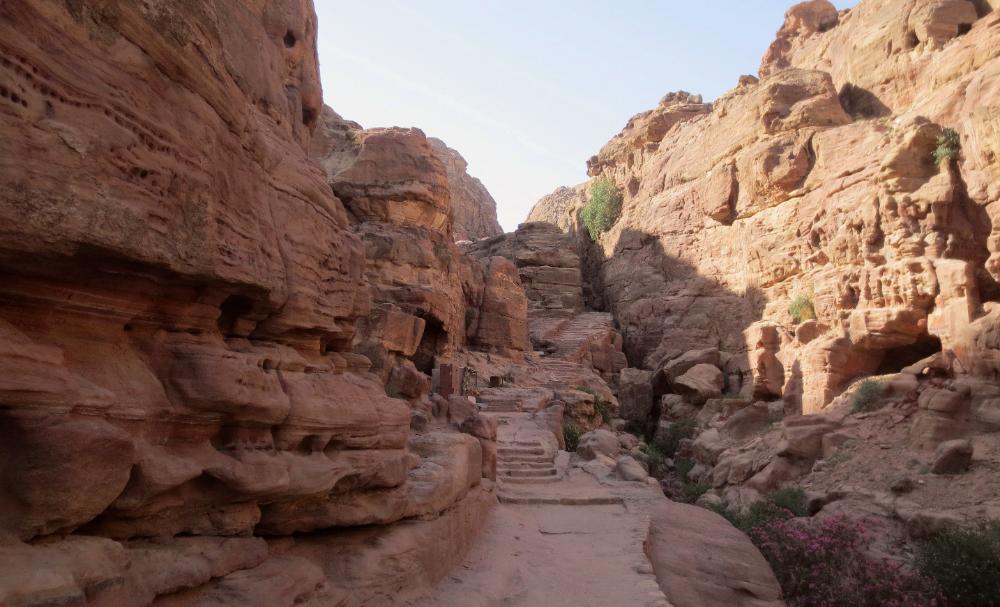
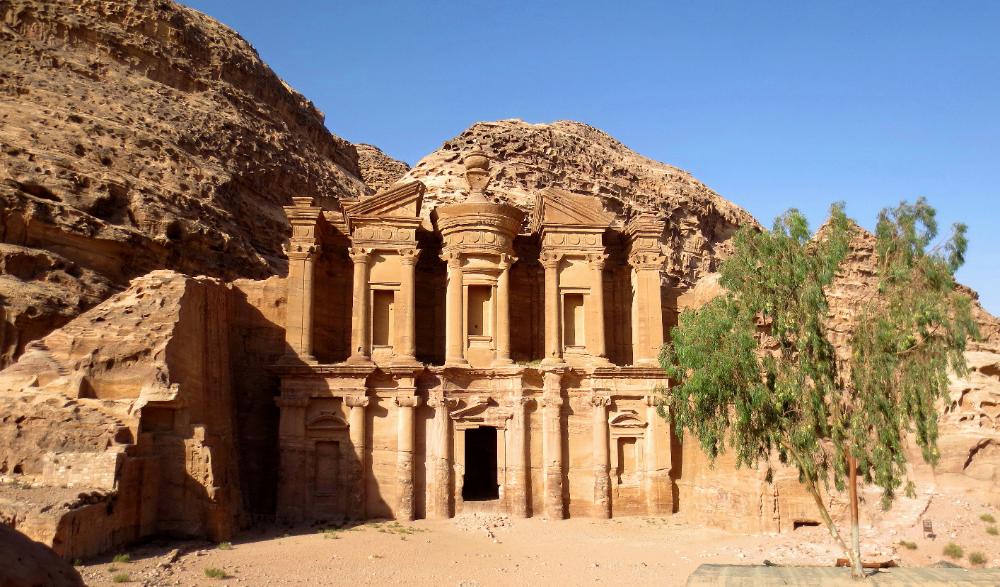
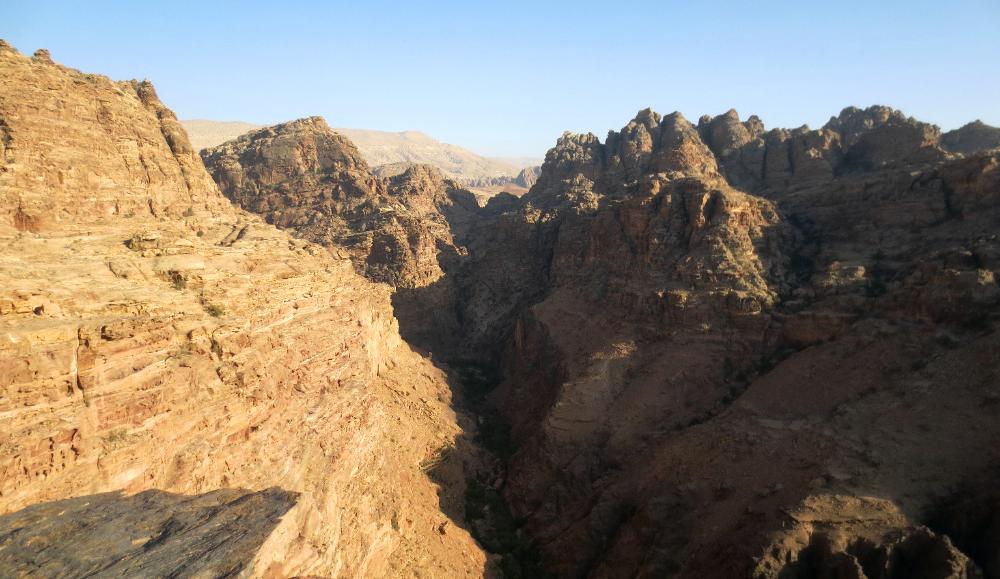
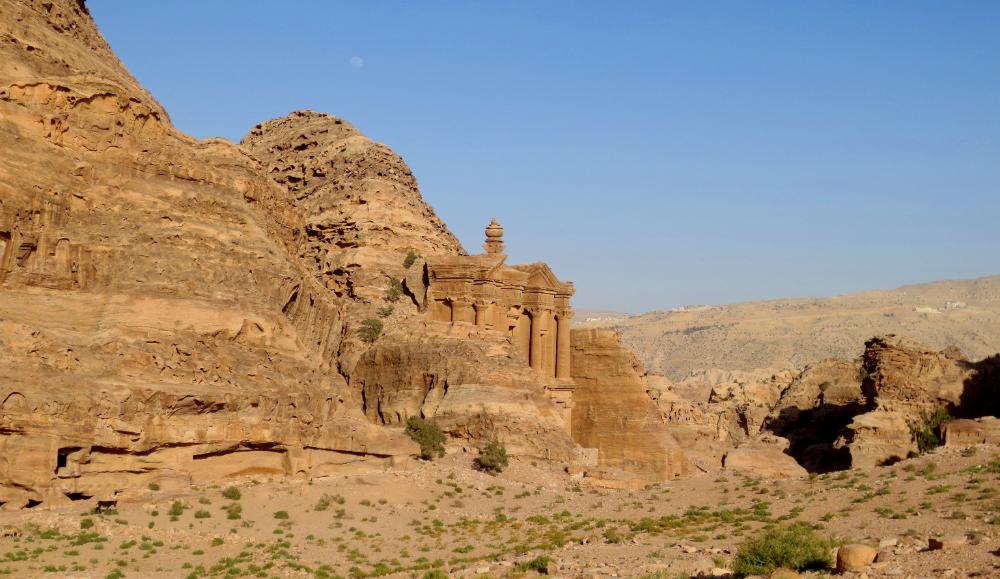
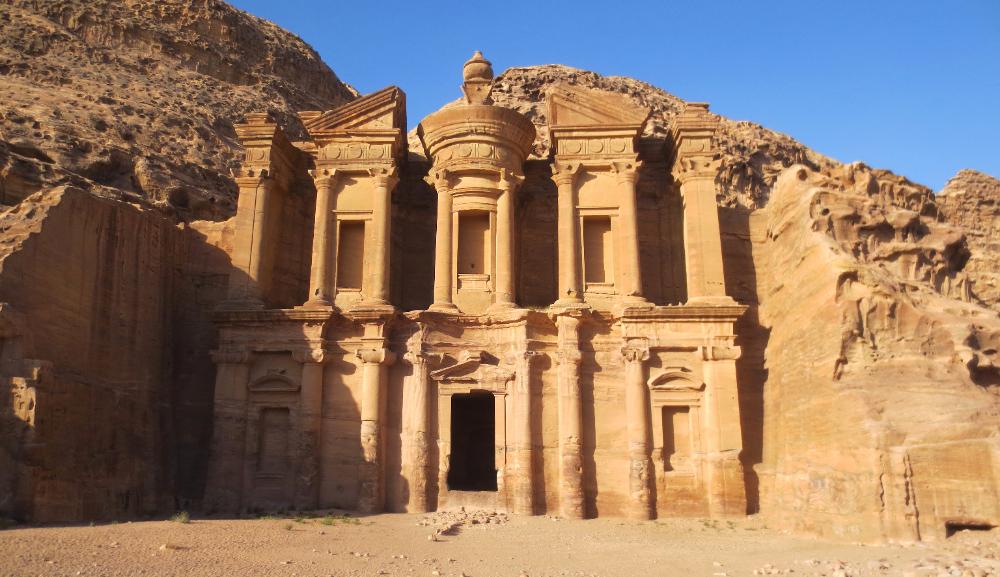
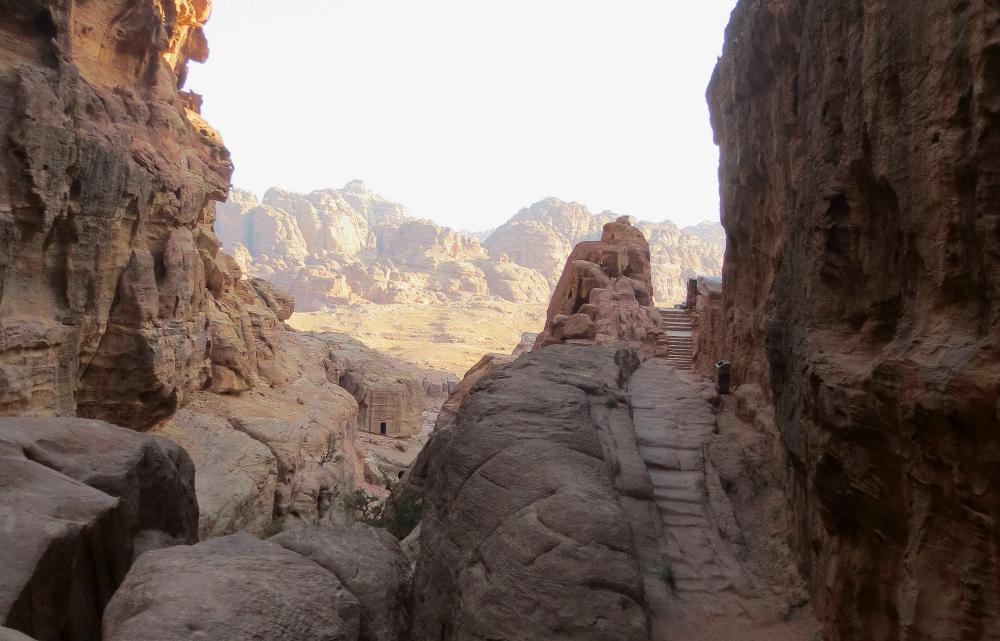
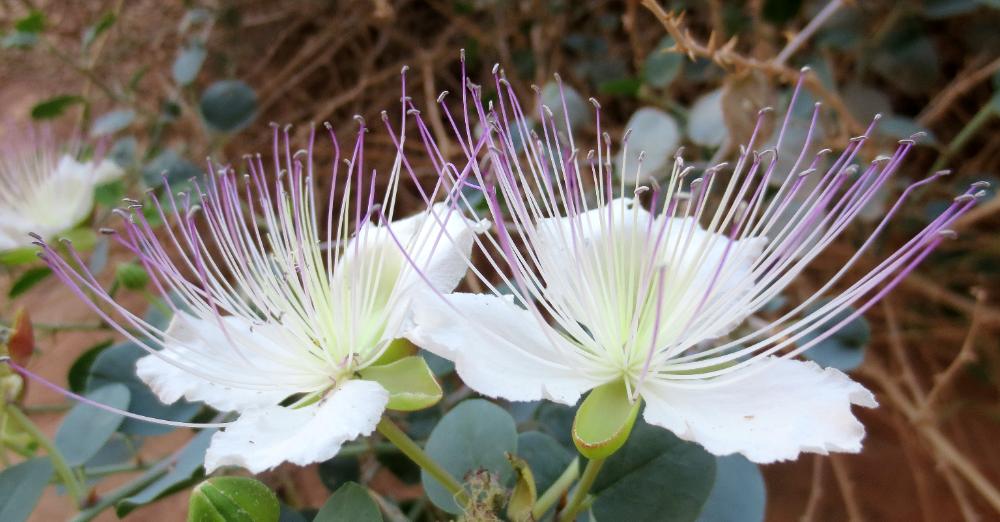
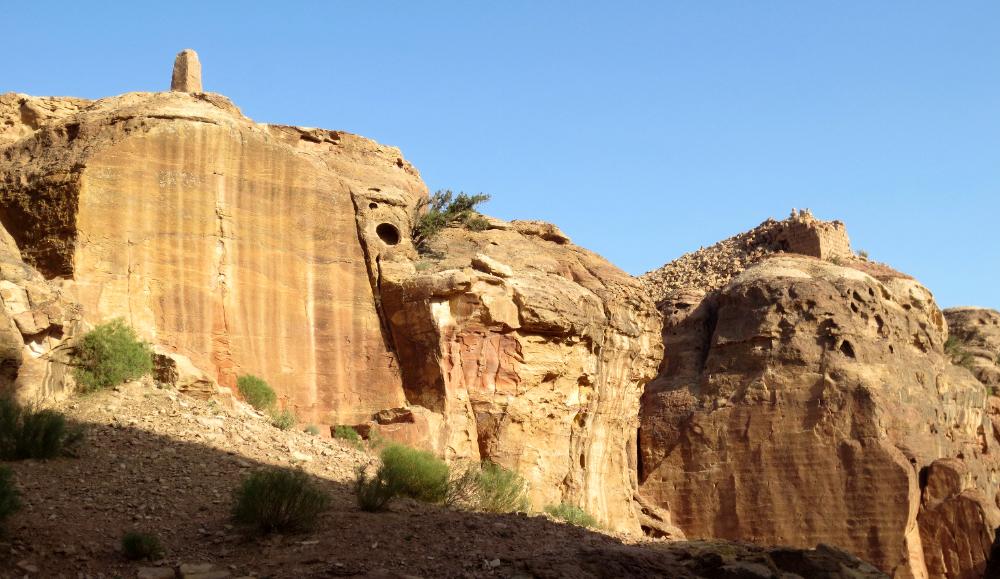
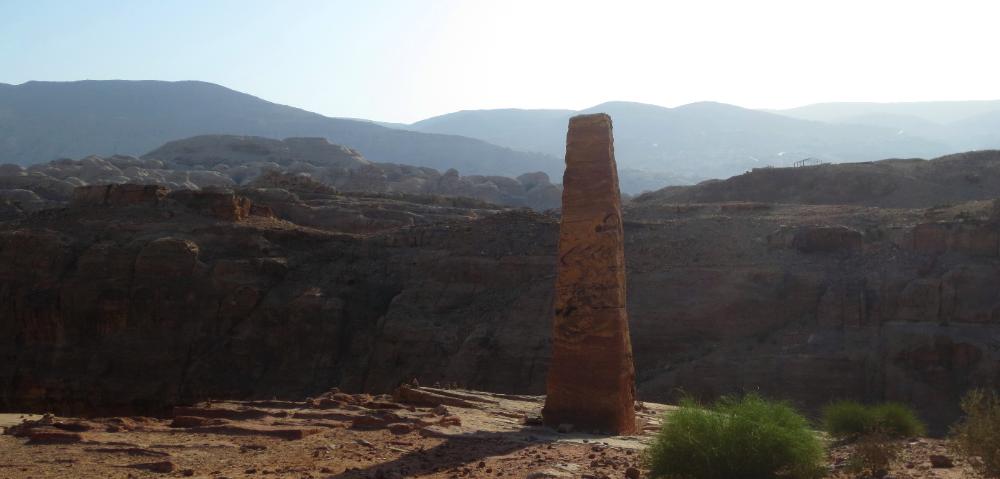
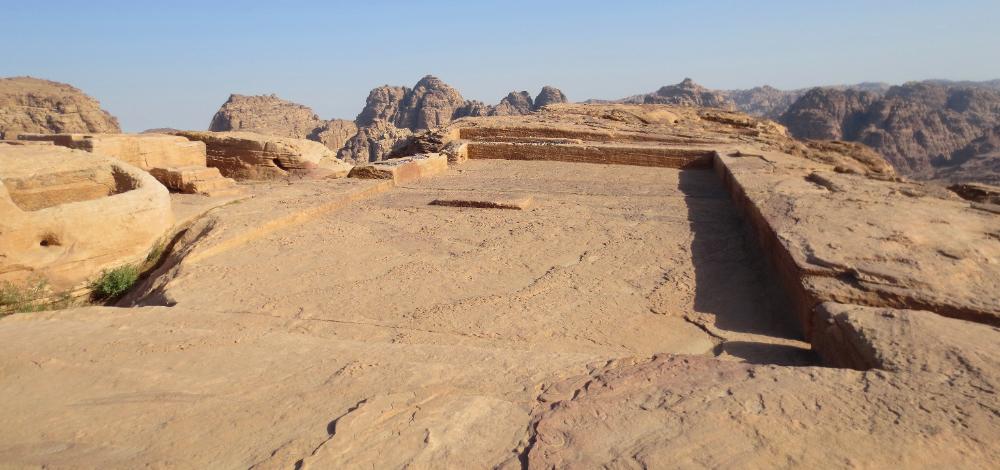
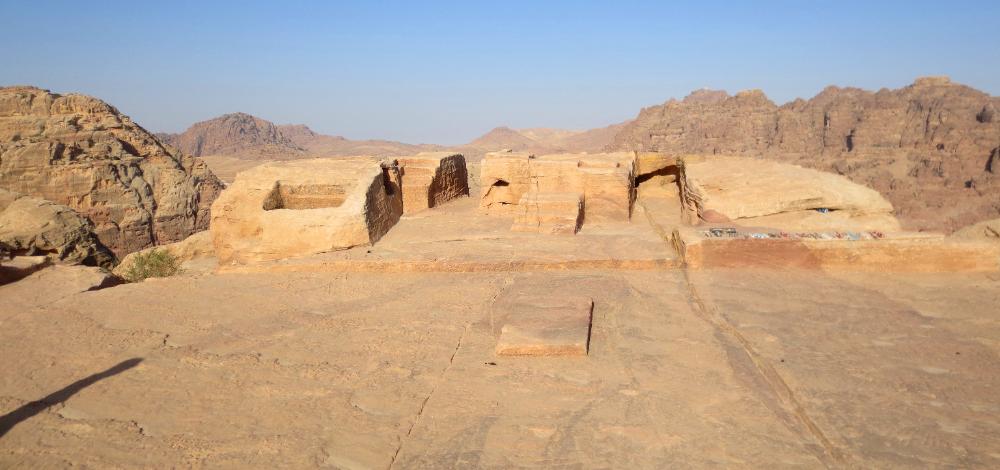
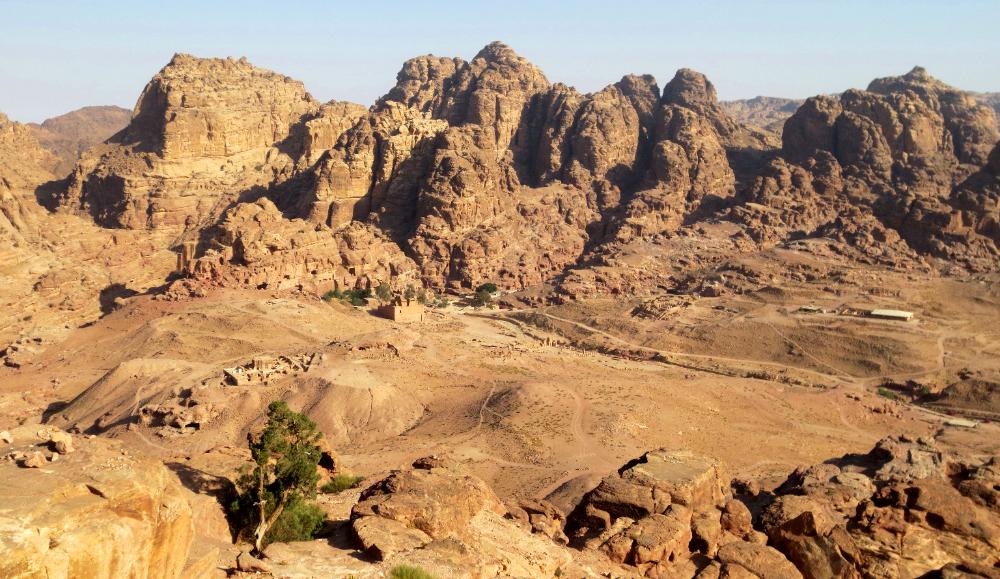
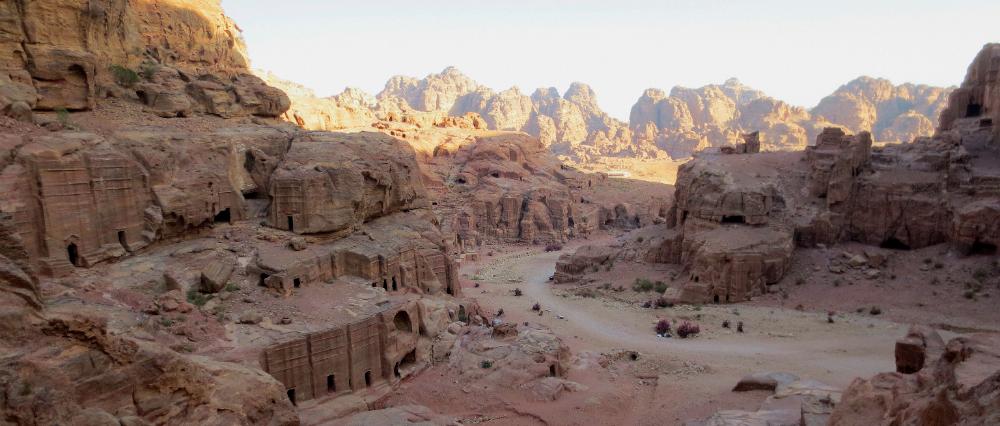
| Petra, Jordan -- Day Hikes |
| A bit further along the path, you come to several overlooks offering fine views of the rugged landscape surrounding Petra |
| The further away you walk, the more aware you become of the remote and dramatic location of the Monastery |
| Keep hiking past the Monastery for more terrific views looking back |
| The scenic hike up to the Monastery is at its prettiest in the late afternoon |
| Flights of steps are hewn into the rock. The steps are shallower near their centers where thousands of feet have trod through the centuries. |
| Flowers and flowering shrubs add bursts of color to the rocky desert terrain |
| Looking up and to your right as you head up the trail, you catch your first glimpse of the obelisk and a crumbling building near where the altar stands |
| At the summit you'll come to a large terrace with two obelisks and a good view of the surrounding countryside |
| A short scramble brings you to the High Place of Sacrifice. The stairs to the left lead to an altar complete with carved channels for blood. |
| The well-preserved altar seen head-on |
| Just past the High Place of Sacrifice is a terrific overlook of Petra. You can see Qasr al-Bint just to the left of center. |
| Right from the start of the hike, you get great views looking down onto Petra |
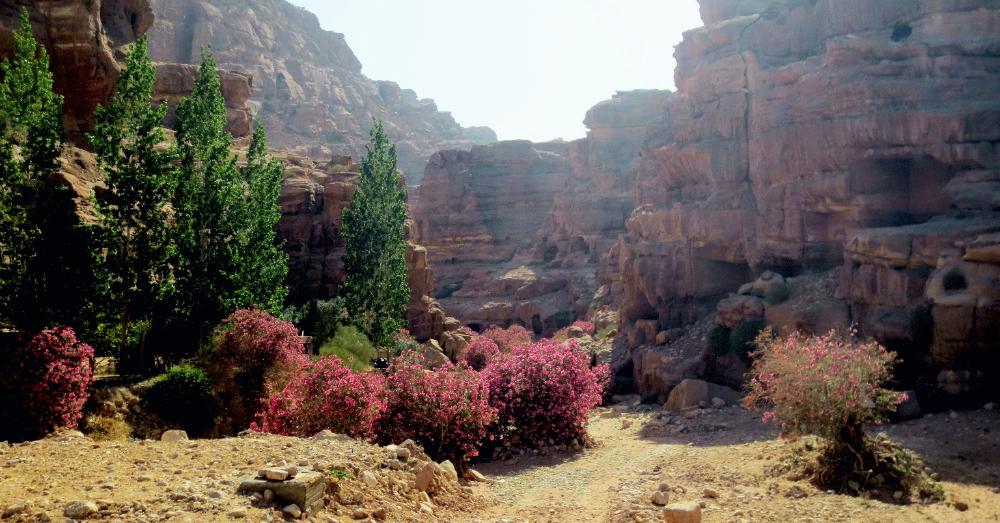

| Shade is welcome as you climb the 800 steps to the top |
| Place of High Sacrifice |
| Ad Deir -- The Monastery |
| The Monastery's simple but powerful architecture dates from the 1st century AD. It's known as the Monastery because of the Christian crosses carved onto the inside walls. |
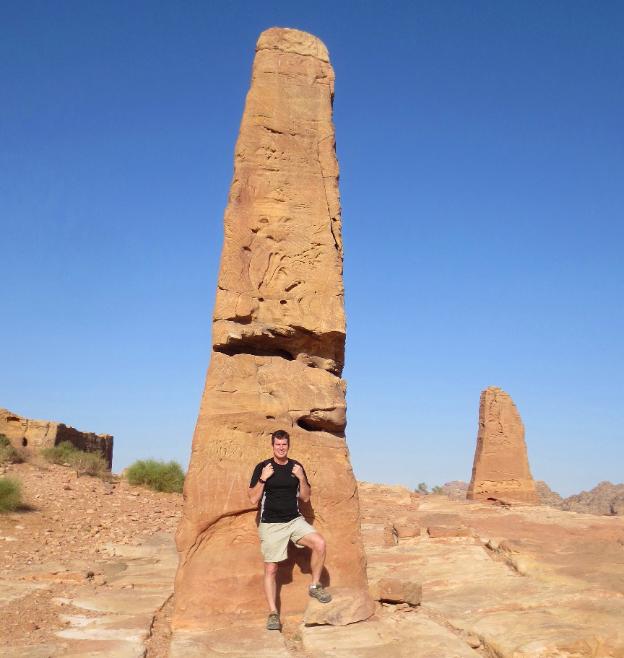
We strongly recommend two day hikes if you
want to see all that Petra has to offer. Nearly all
guide books to Petra recommend these same
two hikes because they're easily achievable on
your own, are short enough to accomplish in
about two hours each, and lead to dramatic
views and ruins. If you have to pick just one,
we suggest the hike to Ad Deir, the Monastery.
The steep walk up to the Place of High Sacrifice
is best accomplished in the early morning when
most of the route is in shade. On fresh legs the
hike is relatively easy as you climb up flights of
steps cut into the rock. Right from the start you
get great views looking down onto Petra's main
street and amphitheater. At the top you see two
obelisks, a sacrificial altar, and one of the best
views in all of Petra. The hike starts halfway
between the Treasury and amphitheater; a rock
stairway leads up to the left just after a tent
offering refreshments (a sign points the way).
Ad Deir, the Monastery, is Petra's second-most
impressive sight after the Treasury. It occupies
a dramatic location high up in the mountains.
The hike up 800 steps is best done in the late
afternoon when the route is mostly in shade.
The hike itself is quite beautiful, with rugged
mountains, ruins, and caves, and -- at the top --
the huge Monastery itself carved into the rock.
Ad Deir is even bigger than the Treasury and is
similar in design. See it in the late afternoon
when it's at its most photogenic and you won't
soon forget it. If you have the energy, continue
climbing even higher for more great views. The
Ad Deir hike starts beyond Qasr al-Bint and to
the right (past the restaurant) as you face the
cliffs at the end of the Roman Cardo.
want to see all that Petra has to offer. Nearly all
guide books to Petra recommend these same
two hikes because they're easily achievable on
your own, are short enough to accomplish in
about two hours each, and lead to dramatic
views and ruins. If you have to pick just one,
we suggest the hike to Ad Deir, the Monastery.
The steep walk up to the Place of High Sacrifice
is best accomplished in the early morning when
most of the route is in shade. On fresh legs the
hike is relatively easy as you climb up flights of
steps cut into the rock. Right from the start you
get great views looking down onto Petra's main
street and amphitheater. At the top you see two
obelisks, a sacrificial altar, and one of the best
views in all of Petra. The hike starts halfway
between the Treasury and amphitheater; a rock
stairway leads up to the left just after a tent
offering refreshments (a sign points the way).
Ad Deir, the Monastery, is Petra's second-most
impressive sight after the Treasury. It occupies
a dramatic location high up in the mountains.
The hike up 800 steps is best done in the late
afternoon when the route is mostly in shade.
The hike itself is quite beautiful, with rugged
mountains, ruins, and caves, and -- at the top --
the huge Monastery itself carved into the rock.
Ad Deir is even bigger than the Treasury and is
similar in design. See it in the late afternoon
when it's at its most photogenic and you won't
soon forget it. If you have the energy, continue
climbing even higher for more great views. The
Ad Deir hike starts beyond Qasr al-Bint and to
the right (past the restaurant) as you face the
cliffs at the end of the Roman Cardo.
| Here's your reward: Ad Deir, the Monastery, Petra's largest temple |
| The architecture at Petra is an interesting combination of Egyptian-influenced (like this obelisk) and Greek-influenced (like the Treasury and Monastery) |
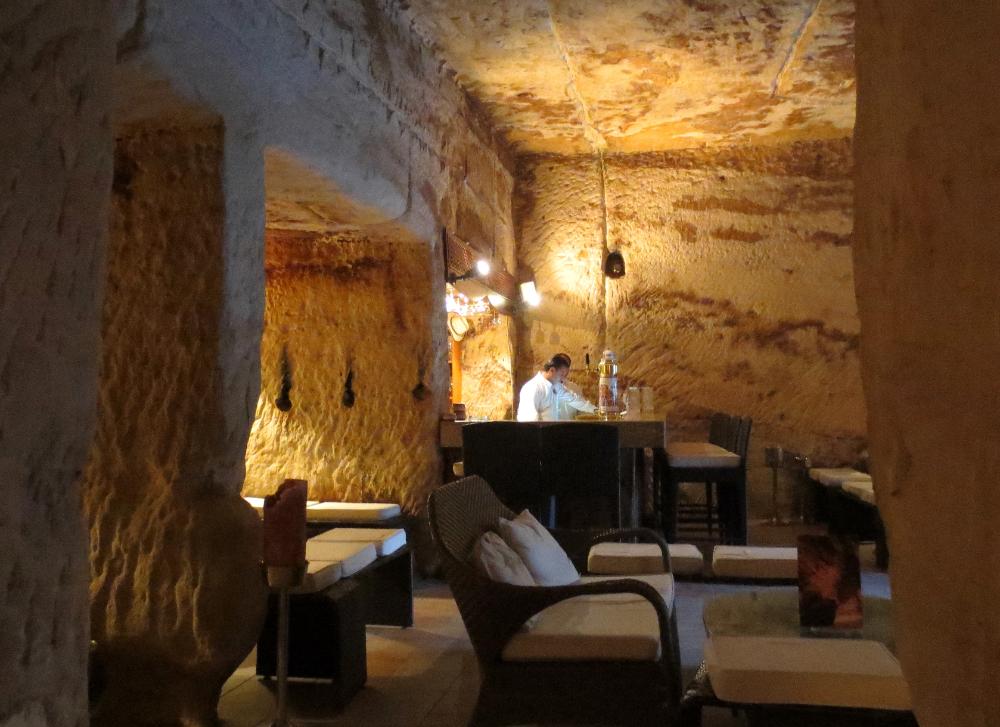
| After the long walk back to Petra's entrance gate, reward yourself with a stop at the Cave Bar. If you've always wanted a drink inside a 2,000-year-old Nabataean tomb, now's your chance! |